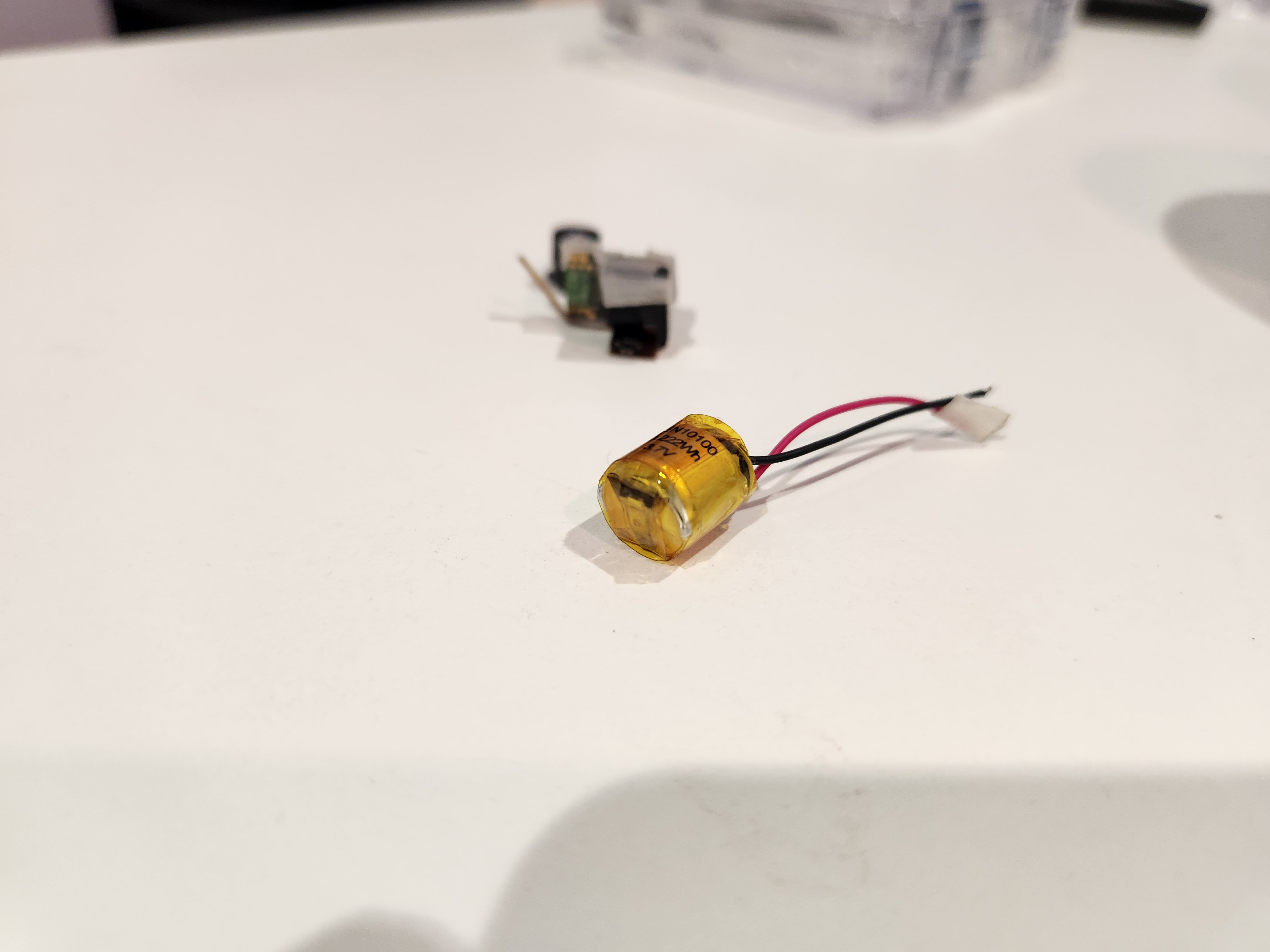“Nobody wants to look like the guy who just stepped off the Starship Enterprise,” Paul Travers, the president of AR eyewear maker Vuzix tells me.
He’s being polite here, so I’ll say what he won’t: It’s hard to wear current VR and AR headsets for more than an hour. They’re heavy! Microsoft’s Hololens is really neat, but at a pound and a half, it’s a lot of headgear to wear around. And Magic Leap is cool, sure, but they look odd when you’re wearing them.
Vuzix has the answer. At CES 2023, the company unveiled new Ultralite AR glasses, ordinary-looking plastic frames with a tiny projector tucked in one stem and a tiny battery and Bluetooth radio in the other. Combine that with Vuzix’s waveguides – a layer in the glasses that bends the projector’s light into your line of sight – and you’ve got ordinary-looking glasses that do the extraordinary.

I put on the Vuzix Ultralite, and saw in the corner of the right lens a line of green text, the sort you’d see on old mainframe computers in the movie War Games. It was sharp, perfectly readable, and bright as day. It was a real-time transcription of what another Vuzix staffer was saying; the device is equally adept at displaying directions, with arrows to indicate where you should travel, workout status, text messages, and so on.
This is not, to be clear, 30 fps full-color video. That technology also exists, from an Israeli company called Lumus. But it’s at least two years out, the company told me, and due to costs, when it arrives it’s likely to show up in a monocular application. (Meaning a single lens of your glasses, although if you’re into monocles, I suppose they could make one.)
But the Vuzix Ultralite is here today, and it is exactly what I’ve been looking for. It doesn’t have a massive battery pack (or a cord to a battery you shove in your pocket) because it works directly with your phone, thanks to a simple Bluetooth connection. It’s not passing a great deal of video across that connection, so there’s no need for that cable either. It’s just a pair of ordinary-looking glasses that tap into the power of your phone.

“This phone has amazing capabilities,” Travers points out. Why try to recreate that? “For instance, speech-language translation. You could be speaking French and I’ve got the glasses on and it’s all in English in the lenses.” Stick a microphone in the lenses and you can completely interact with your phone as well.
“We’ve been at this for 26 years,” Travers told me. His company has been doing waveguides forever and manufacturing them here in the United States at a facility in Rochester, New York. “Back in the day, the Special Forces guys asked us, ‘Can you make Oakley-style sunglasses with computers in them?’ Because we want that and we call it the Oakley Gaze. Half the U.S. military would buy these things if you could do that … So that’s been a focus for us.”
The US government recently gave Microsoft a half-billion-dollar contract for Hololens. Meanwhile, this exists. Perhaps the government should have held out?
Check out all of TechRadar's CES 2023 coverage. We're bringing you all the breaking tech news and launches, everything from 8K TVs and foldable displays to new phones, laptops and smart home gadgets.
from TechRadar - All the latest technology news https://ift.tt/GzqLO5D
via IFTTT

No comments:
Post a Comment